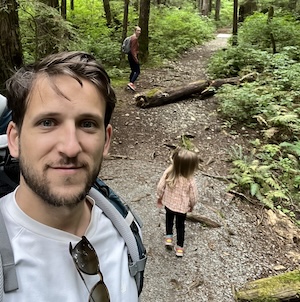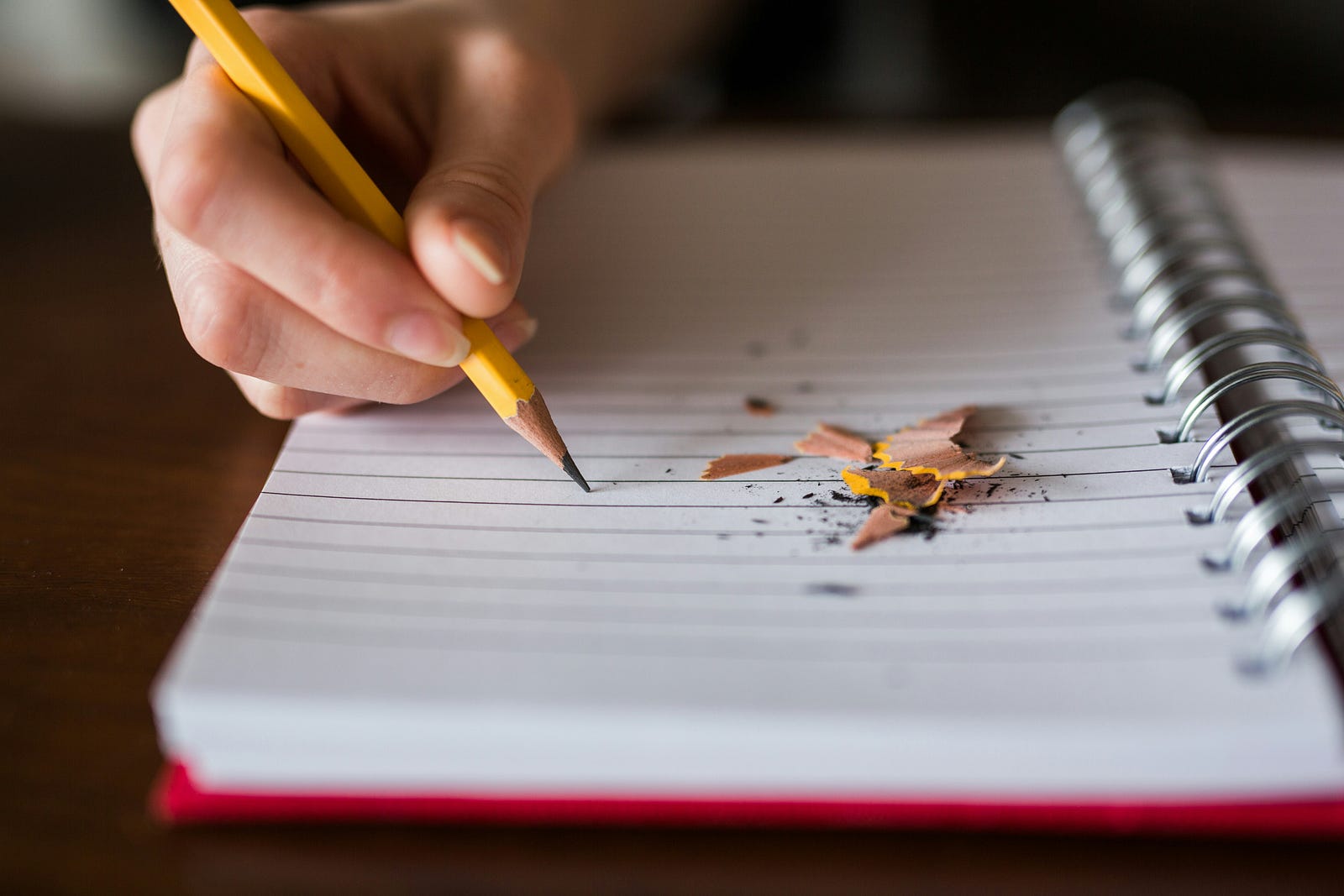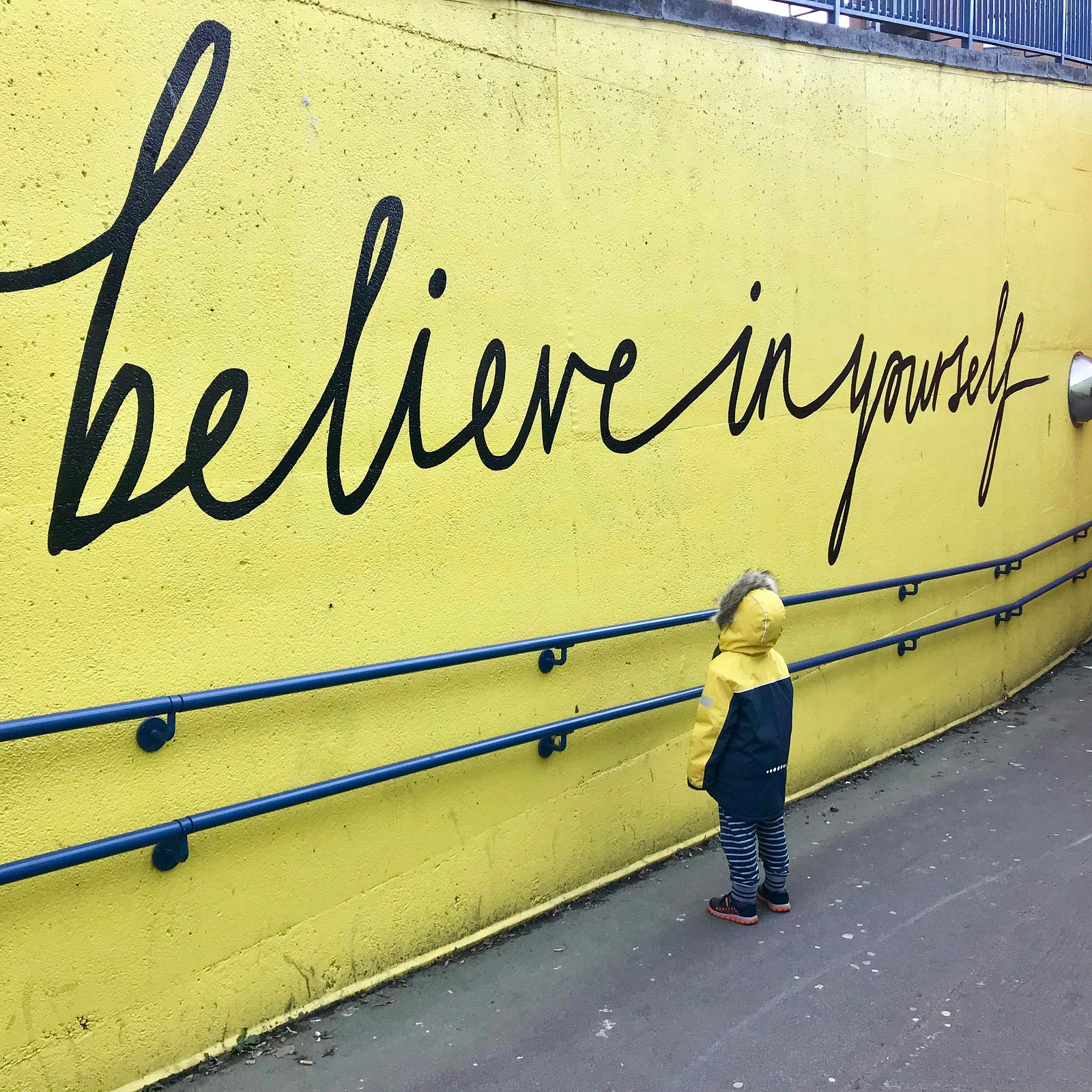
How to Stop Cramming and Become a Top Student
- Published on
- Authors

- Author
- Toby Luxembourg
School teaches you what to learn, but never how to learn. I discovered this the hard way - after dropping out of college, convinced I wasn’t smart enough. Turns out, my brain wasn’t broken. I just didn’t know how to use it properly. The system I’m about to show you took me from college dropout to President’s Club, and more importantly, made learning genuinely engaging instead of torture.
I used to be the poster child for terrible study habits. Picture this: me, surrounded by empty energy drink cans in the library at 3 AM, highlighting everything in my textbook like a maniac, cramming for an exam I’d barely pass the next day. A week later? I’d forgotten everything. That wasn’t a study strategy, that was self-sabotage.
I was so convinced I was just “not smart enough” that I actually dropped out of university. Three years of feeling like a failure later, I decided to try again - but this time, I was going to crack the code of learning itself.
Here’s what I discovered: my brain wasn’t broken. I just didn’t know how to use it properly. I had undiagnosed ADHD, which meant traditional study methods were like trying to hammer a nail with a screwdriver - wrong tool, wrong approach. Once I learned to work with my brain instead of against it, everything changed.
The next three years, I didn’t just pass - I excelled. President’s Club multiple times, landed an incredible career, and most importantly, I actually enjoyed learning for the first time in my life.
The Real Problem (And Why You’re Not Stupid)
Here’s the truth nobody tells you: school doesn’t teach you how to learn. They just dump information on you and expect your brain to figure it out. But learning isn’t magic - it’s science.
Every time you learn something, you’re literally rewiring your brain. Memory researcher Donald Hebb discovered that when neurons fire together, they wire together - this is a simplified explanation, but the key point is that your brain physically changes when you learn. When neural connections don’t get used, those pathways fade away. Your 100 billion neurons can create trillions of connections, but only if you know how to build them properly.
Most students are trying to force-feed their brains like cramming data into a broken computer.
Your brain has an operating system - learn to work with it.
The learning will become easier and addictive.
The System: From Chaos to Mastery
Phase 1: The Curiosity Primer (Don’t Skip This - It’s Everything)
The first step will feel backwards to most students, but stick with me - this is where the magic starts.
Before you crack open a single textbook, you need to prime your brain’s pattern-recognition system by skimming your course material. When you skim first, you’re doing what psychologists call building ‘schemas’ - think of it as creating a filing system before you start organizing papers. Right now, you’re literally building the neural framework that new information can connect to.
Step 1: Skim your entire course material - all of it. Textbook, syllabus, everything. You’re not trying to learn anything yet. You’re playing detective, asking yourself: “What is this all about? How does this connect to stuff I already know? Where might I see this in real life?”
Step 2: For your current chapter, go deeper. Read all the headings, look at every diagram, even try a few practice problems (it’s totally fine if you can’t solve them - you’re not supposed to yet).
The magic happening: You’re building what psychologists call “schemas” - mental frameworks that new information can stick to. Without this step, you’re trying to hang pictures on a wall with no nails.
Then - and this is crucial - walk away. Let your subconscious brain start connecting dots while you do something else entirely. Go for a run, take a nap, socialize.
Phase 2: Active Construction (Where Real Learning Happens)
Now that your brain has a framework to work with, here’s where you start building the actual structure of knowledge. Read through your material again, but this time, you’re not a passive consumer - you’re an active creator.
Take notes in your own words. Don’t copy, translate - your brain has to actively process information instead of just recognizing it.. Ask yourself: “How would I explain this to my younger sibling?” This forces your brain to process information rather than just recognize it - researchers call this the “elaboration effect.” Each time you rephrase something, you’re strengthening those neural pathways. Instead of copying ‘mitochondria is the powerhouse of the cell,’ you’d write: ‘Mitochondria are like tiny power plants inside each cell, converting nutrients into energy the cell can actually use.’ See the difference? One you recognize, one you understand.
Here’s where most people mess up: they try to memorize everything. Instead, focus on the big concepts first, then fill in details. Learning isn’t like knitting where you start from one side and slowly make your way to the other side. Instead, think like a spider building a web - start with the main anchors, then connect everything else.
Phase 3: The Spaced Repetition Revolution
This next technique is what separates struggling students from successful ones…Download a spaced repetition tool right now. Seriously, do it. Anki is a popular choice, though there are several good options like Quizlet or RemNote. This isn’t just another study app - it’s a time machine for your memory.
Hermann Ebbinghaus discovered something fascinating about memory: we forget information at predictable intervals. But if you review just before you’re about to forget, that memory pathway becomes stronger. This isn’t just efficient - it’s how your brain naturally wants to learn. Medical students worldwide use these tools because accurate memorization can be life-or-death in healthcare. If it’s effective enough for training doctors, it’s definitely worth trying for your studies.
Creating killer flashcards:
- One fact per card: “What are the two types of agranulocytes?” → “Lymphocytes and monocytes”
- Make your own cards (the generation effect - you remember better what you create)
- Focus on declarative facts, not complex explanations
- Connect new facts to stuff you already know
Review daily, but only the cards that are due. Trust the algorithm - it’s backed by decades of cognitive science research.
Phase 4: The Testing Effect (Your Secret Weapon)
Here’s a surprising finding: testing not only measures learning, but also enhances it more than repeated studying. That struggle to recall information isn’t a bug - it’s your brain literally building stronger pathways. Cognitive scientist Henry Roediger called this the “testing effect.” When you struggle to recall information, you’re not just checking what you know - you’re strengthening the retrieval pathway in your brain. That moment of confusion? That’s new neural connections forming.
Practice problems are everything. Can’t solve one? Perfect.
That confusion is your brain building new neural pathways.
Keep a “struggle list” of problems that challenge you, and return to them regularly.
Use the Feynman Technique: Pick a concept you’re struggling with and explain it like you’re teaching a curious 10-year-old. If you can’t simplify it, you don’t really understand it yet. This isn’t a bug - it’s a feature. Now you know exactly what to focus on.
Example: Instead of memorizing “photosynthesis converts light energy to chemical energy,” explain it like: “Plants are basically tiny solar panel factories. They grab sunlight and use it to cook up sugar food for themselves, and they burp out oxygen as a bonus for us to breathe.”
Phase 5: Emotional Anchoring (The Missing Piece)
Your brain has evolved to remember emotionally significant information better than boring facts. When you connect abstract concepts to personal experiences, you’re hijacking this ancient survival mechanism. The amygdala literally flags emotional memories for stronger encoding.
For abstract concepts: Connect them to your body, your experiences, your goals. Studying F=ma? Feel the force when you push a heavy door (F), notice how your own mass affects how quickly you can change direction (m and a).
For complex theories: Find the human story. Why did someone discover this? What problem were they trying to solve? How does this change how you see the world?
Handle the emotional rollercoaster: Learning is supposed to feel difficult sometimes. That struggle isn’t a sign you’re failing - it’s a sign you’re growing. Psychologists call this “desirable difficulty” - the sweet spot where you’re challenged but not overwhelmed.
Common Mistakes to Avoid
Mistake #1: Grinding through frustration. When things stop being fun, take a break or explore background information that reignites your interest. Your brain learns better when you’re engaged.
Mistake #2: Thinking one size fits all. These techniques work for most people, but everyone’s brain is different. If you have ADHD like me, learning differences, or different cultural backgrounds, you might need to adjust these methods to fit your personal preferences.
Mistake #3: Perfectionism. Missing a day of flashcards isn’t failure - it’s human. Just pick up where you left off.
Develop Discipline Gradually
Here’s where most people stumble - not because the techniques don’t work, but because they try to change everything at once. Let me show you the minimum effective dose.
Make it so easy you can’t say no.
Start with just 15 minutes of flashcards per day. That’s it. Build the habit first, then expand. Your brain craves routine, so give it one.
The daily non-negotiables:
- Review due flashcards (10–15 minutes)
- Try one practice problem
- Spend 5 minutes connecting new learning to something you already know That’s less than 30 minutes total. You spend more time scrolling social media.
What to expect: Week 1 will feel weird. Week 2, you’ll start noticing connections. By week 4, you’ll actually look forward to your study sessions. This isn’t magic - it’s how habits form in your brain.
The Real Reward
The real magic isn’t better grades - though you’ll get those. It’s that learning changes how you see the world. When you understand compound interest, you see it in everything. When you grasp evolution, nature tells a completely different story.
That’s the real prize - not the GPA, but the upgraded operating system for your brain.
Your Next Step
The secret was never cramming harder - it was spreading your learning across time, revisiting material daily, and turning your natural curiosity into a learning superpower.
Start tomorrow. Skim your next chapter, make 20 flashcards, and trust the process. Your future self will thank you when you’re actually enjoying studying instead of dreading it.
Your brain is already capable of extraordinary things. These aren’t magic tricks - they’re the user manual nobody gave you. If these techniques can take someone like me from dropout to success, you can absolutely crush whatever you’re working toward.
The difference between struggling students and successful ones isn’t intelligence. It’s strategy.
You now have the strategy. The only question is: will you use it?
Want to Learn More?
If you’re interested in diving deeper into the science of learning, check out “Make It Stick” by Brown, Roediger, and McDaniel - it’s where many of these techniques are explained in detail. Barbara Oakley’s “Learning How to Learn” is another great resource that bridges research and practice.
And you, what’s your biggest study struggle?






